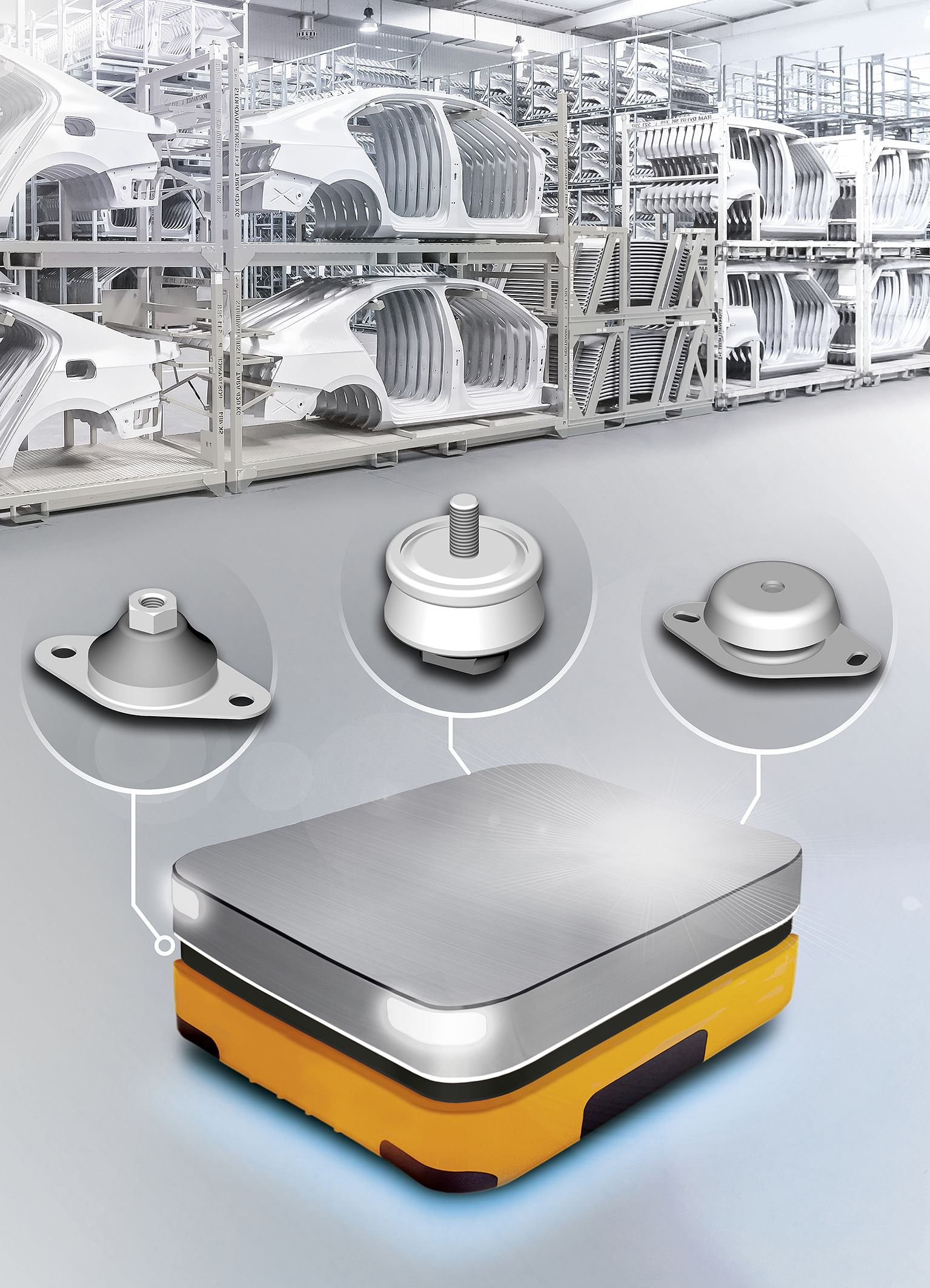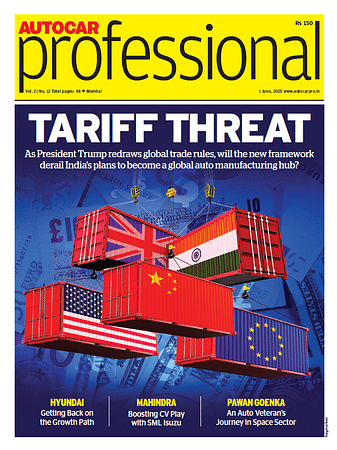Intralogistics of the future: Mounting components protect autonomous transport systems
In the factories and logistics centres of the future, intelligent, autonomous systems will take on the task of transporting products between the different work steps, right through to final storage.
Digitalisation, automation and robot technology are gaining ground in intralogistics as well. In the factories and logistics centres of the future, intelligent, autonomous systems will take on the task of transporting products between the different work steps, right through to final storage.
The predominant trend is toward self-driving platforms that, for example, replenish production robots and machines at the right time and move independently around the area. They therefore fulfill crucial criteria of modern intralogistics. They ensure fast response times in flows of materials and goods, and, at the same time, even greater flexibility in processes. German technology developer and supplier Continental says mounting components ensure dependable operation for the services in question.

Special components from Continental can prevent vibrations being transmitted to the electronics units of autonomous transport units.
When moving across the shopfloor, the autonomous transport units will also cope with bumps such as thresholds or minor differences in height. “However, the development of prototypes and practical use have increasingly shown that the switchgear unit of self-driving platforms in particular is a weak point that is sensitive to jolts and vibrations,” says Dr. Stefan Narberhaus, head of industrial mounting component development at the Continental Corporation. If vibrations are not cushioned, the electronics may be damaged. Cable tears and line breaks are possible consequences that may bring to a standstill the autonomous transport system and therefore the flow of materials and goods.
Vibrations effectively reduced
To prevent unscheduled downtimes and ensure a high degree of dependability, manufacturers are increasingly relying on an additional mounting for the sensitive switchgear unit. Special elastomer-based components prevent vibrations from being transmitted to the electronics units.
Continental offers the appropriate solutions for this. The product portfolio of anti-vibration elements includes mounting components such as rubber-metal components that are fitted at the transition point between the chassis and switchgear unit. They isolate the sensitive electronics from any vibrations and thus protect them against damage and failure. Another advantage is that the additional mountings can also provide protection for material being conveyed that may be sensitive to vibration.
“In addition to products from our standard range, we can also manufacture customized mounting components in response to customer demand,” explains Narberhaus. “We therefore offer tailor-made solutions that are specifically designed for the challenges of the application concerned and the sector in question.”
RELATED ARTICLES
Volvo Cars signs recycled steel supply pact with SSAB
The recycled steel will be used in selected components of the forthcoming, fully electric EX60 SUV, as well as other car...
Schaeffler and NVIDIA ink technology collaboration to advance digital manufacturing
Using NVIDIA Omniverse, Schaeffler is expanding its production elements, which will be integrated and simulated as digit...
BMW Group to industrialise Virtual Factory, slash production planning costs
What once required several weeks of real-world modifications and testing can now be precisely simulated in the BMW Group...





 By Autocar Professional Bureau
By Autocar Professional Bureau
 20 Feb 2018
20 Feb 2018
 4466 Views
4466 Views









